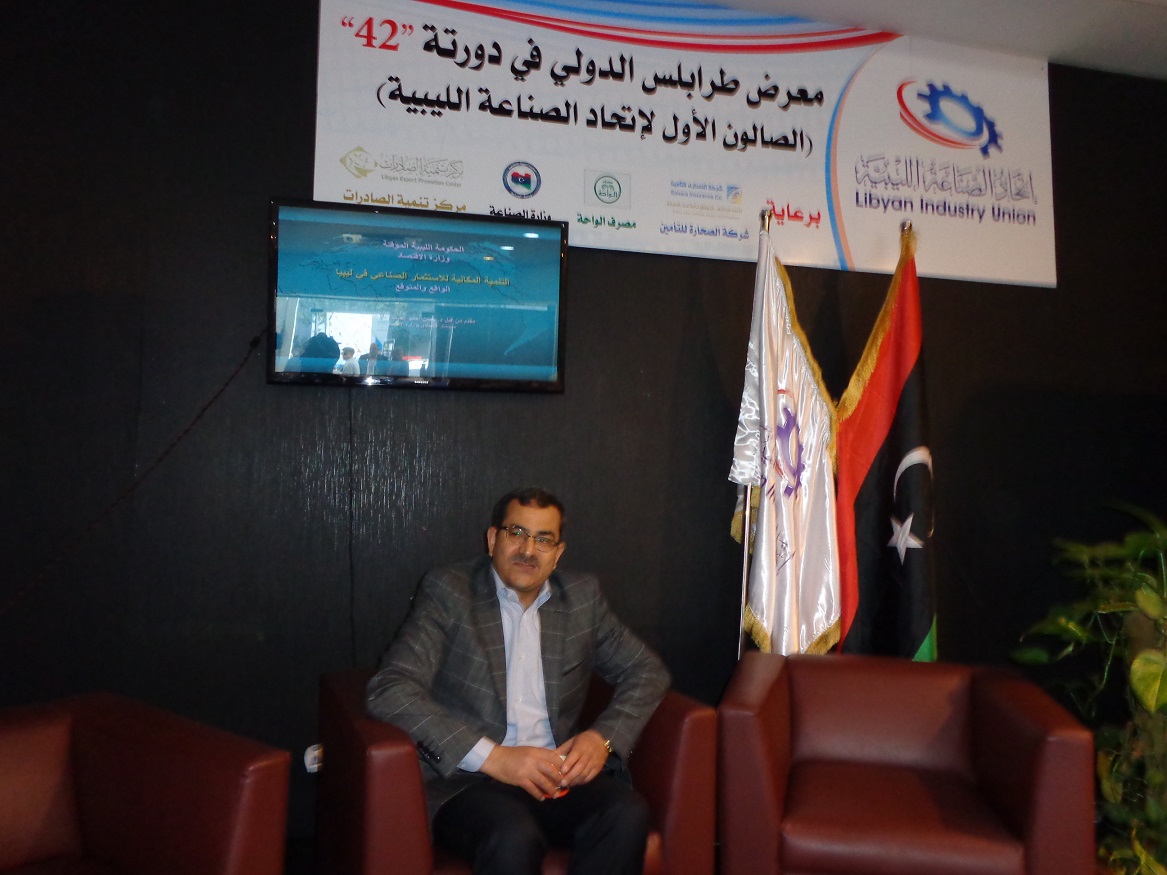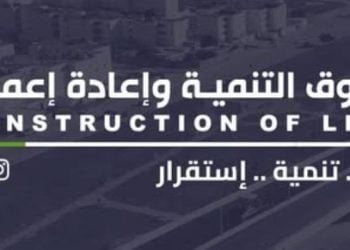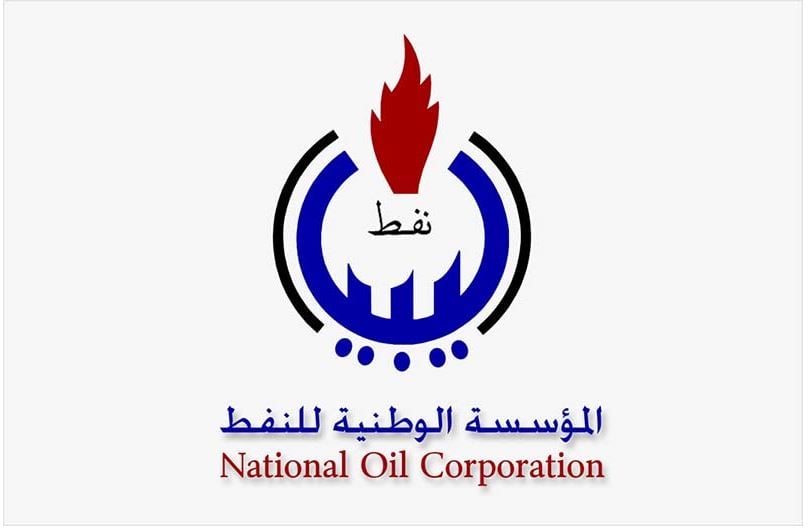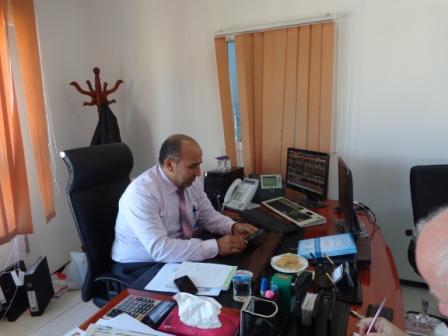By Sami Zaptia.

Tripoli, 6 April 2014:
A workshop was held yesterday on the margins of the 42nd Tripoli International Fair entitled “Regional industrial . . .[restrict]investment in Libya – reality and expectations”
Tunisian ambassador Ridha Bouakdi, taking part in the workshop, said that he hoped that both nations could gain from Tunisia’s previous experience in regional development as his country also suffers from this phenomenon between the more prosperous north and less developed south.
It is important, the ambassador stressed, the two countries cooperated in finding sustainable regional development plans for their shared border regions in order to obtain long term stability.
He stressed that the two nations were already discussing long term plans for fuller economic integration, which will include border economic development for Ras Jdair and Wazzen-Deheba
Hassan Ben Taher, Consultant at the Ministry of Economy, said that “regional development is necessary in order to reduce the gap in development between the regions”, and that this will fit into Libya’s current desire to establish local or regional government.
The importance of regional projects is to create local regional jobs for the local inhabitants, he explained, that would in turn depend on adequate capital investment.
Ben Taher felt that at present projects were not equitably distributed within Libya, with the largest concentration naturally following the areas of highest population. He explained that the Libyan government should take into consideration the long term effects of regional development and investment.
Reginal development is very important for Libya in view of its very low density of population of 6 million and an area of 1.75 million square kilometres – which equates approximately to seven times the size of the UK and larger than the state of Alaska.
Moreover, like many countries in the world, Libya suffers from the phenomenon of urbanisation with over 80 percent of its population concentrated on the few cities on the coast.
This has meant that both investment and jobs are concentrated in the coastal cities, which leaves no employment opportunities on the border regions and down deep in the desert and the south.
Together with Libya’s subsidy system, which means petrol for example is sold at LD 0.15/litre compared to over LD1/litre in Tunisia, this has led to the Libya’s border and underdeveloped regions relying on smuggling and illicit trade as a major means of earning a living.
A United States Institute for Peace (USIP) study published in February on Libya’s border regions’ illicit trade, driven by Libya’s petrol and food subsidies, reported that illicit trade in transitional Libya is driving crime, insecurity and political instability, with regional ramifications.
In view of the numerous security incursions since Libya’s liberation in February 2011 on Libya’s Tunisian, Egyptian and southern borders, driven by illicit trade and causing political and security instability, the need for investment in Libya’s border regions is vital for the long-term political and security stability of the whole of Libya.
This is more the case as this trade has now expanded from subsidized commodities, to drugs, arms and white slavery and is having ramifications on our North African and European neighbours, the USIP study reports. [/restrict]









